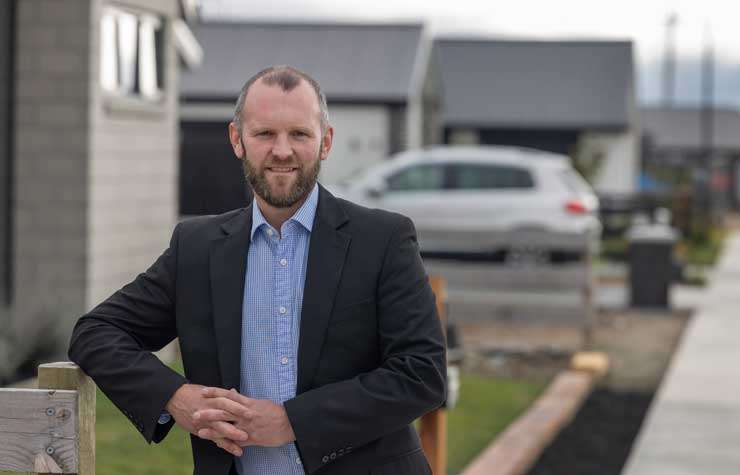1. Official cash rate could exceed 3%
Clearly the biggest economic and housing market news of the last seven days was the Reserve Bank’s decision to raise the official cash rate (OCR) from 0.75% to 1% – with the choice to actually raise it to 1.25% apparently a 50/50 call.
The Bank, which is also going to start withdrawing the government bond-buying programme, had previously indicated an OCR peak of around 2.5% late this year, but it’s now projecting a rise to more than 3% into the first half of next year.
Start your property search
Now, some of this could be “signalling”, whereby the Bank talks a big game, but the financial markets do a lot of the work by raising retail rates, meaning the OCR doesn’t actually need to rise as far/fast. In addition, the feedback loop which could drive an early economic slowdown might also mean that the eventual peak for the OCR is lower than 3%.
2. Mortgages will continue to cost more
It seems likely that mortgage rates are going to face renewed upwards pressure again, rising by perhaps another 1% to 1.5% across the board. That would push a “special” rate towards 6% and the standard rates to more than that figure – still below the theoretical serviceability/test rates that the banks use, but no doubt a level that will need careful budget planning on the part of some borrowers. And of course, not only are interest rates rising, but mortgage criteria (e.g. required deposits, income/expense testing) have got tougher too.
3. January was a quiet month for lending flows
Probably due to a combination of a more cautious banking sector as well as fewer borrowers coming forward (and perhaps throw in the restrictive effects of Omicron too), the Reserve Bank’s latest figures showed that mortgage lending flows were sluggish in January. The total of $4.7 billion was the lowest since the lockdown-hit $4.3bn in May 2020, with low deposit/high loan to value ratio (LVR) finance tightening further. The split of the data showed that just 4.9% of owner occupiers got a low deposit loan last month. That’s well below the 10% speed limit (consistent with past behavior, where the banks like to keep a buffer between maximum and actual), but there are signs that it could still drop a bit further over the next few months, making life difficult for first home buyers.

CoreLogic chief economist Kelvin Davidson says some borrowers will need to be careful with their budgets. Photo / Peter Meecham
4. When will dwelling consents start to drop?
This week’s consenting numbers from Stats NZ (Wednesday 10.45am) may well show continued strength in January, driven by smaller dwellings such as townhouses (especially in Auckland). But now that construction costs are rising so quickly and materials are in short supply, my hunch is that we’re pretty close to the point where households start to be deterred from the new-build path, pushing consents down. Of course, builders themselves will be busy for a while yet, given the pipeline of dwellings already consented.
5. How’s confidence shaping up?
The monthly confidence surveys from ANZ are both out this week, covering business and consumer sentiment. “Confidence” is always a little subjective and hard to really nail down, but both of these indicators have softened lately. And in terms of the housing market outlook, I suspect “reverse FOMO” could play a key role in determining whether we see a soft landing for prices this year, or a more significant downturn.
- Kelvin Davidson is chief economist at property insights firm CoreLogic
Listen to The NZ Property Market Podcast below


















































































